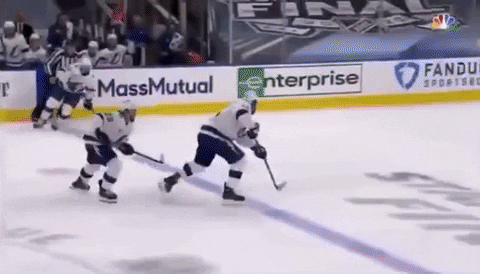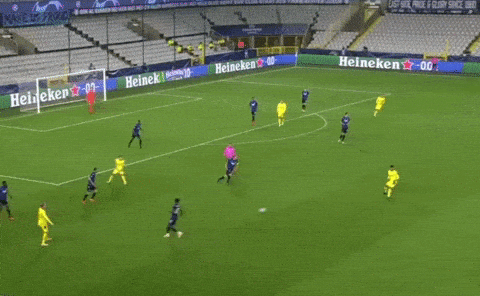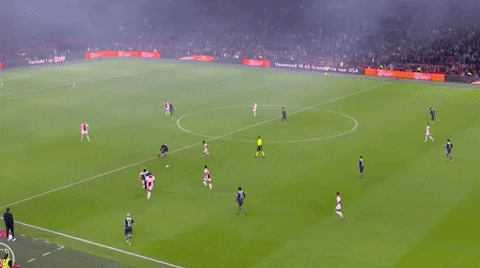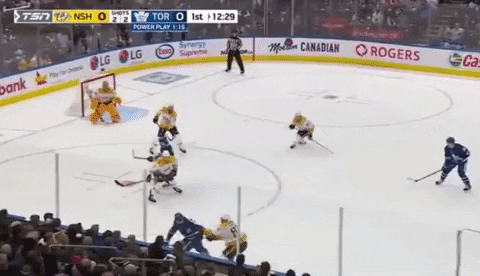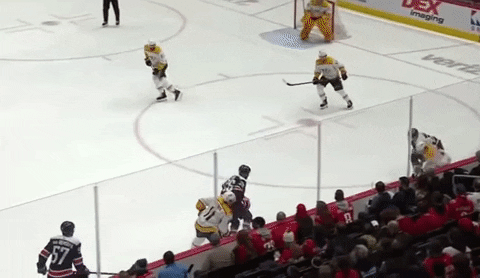Creating Space Through False Movement
Making space for others
In ice hockey, creating space is a key element. The offense wants to create space to operate, and naturally, the defense wants to take it away.
The ‘Raumdeuter’
Let me introduce Thomas Muller, a German soccer player who is a serial winner despite not being the fastest, strongest, or having the best technique of his peers. Yet, he is a pivotal player for both his club and country that have won all of the possible trophies. He’s such a unique player that his play has created a new term: Raumdeuter (space investigator/interpreter).
Simply put, he’s elite without the ball. He’s making space and exploiting space for himself and his teammates alike.
He’s a player that can bend the game to his team’s advantage.
Creating questions and Problems
One of the best ways to create space for others is “false movement.” False movement is a movement that creates questions/problems for defenders.
E.g. Do I stay or go? Which person do I cover?
I really enjoy soccer when looking at these types of movements. With such a larger field, the plays often take longer to unfold compared to hockey and therefore are easier to pick up and see. We are going to look at soccer examples then show a hockey equivalent example.
Off the Rush
Soccer
As with the Genius Level Movement from Erling Haaland, elite movement creates the necessary space. In this clip we see the player (Muller) in yellow cleats running toward the ball side. This forces the defender to run with him and vacate the space through the middle. Which is exactly where his teammate knows to run into.
Hockey
The common soccer/football term is “front-post run.” In hockey terms, this is called F2 hard to the net/near post. Here you can see how the player going hard to the net draws in #23 on green and opens up the passing lane.
We’ve touched on this concept of working for your teammates in “Improv(ing) Your Team Play”
Moving Out of Valuable Space
Soccer
Being in valuable areas of the rink/field is important. Yet if we simply stand in those areas, the defense can easily guard us and neutralize what we are trying to do. Simply moving away from that space allows for less congestion and more space for each individual attack to exploit.
This could be (1) to create space for your teammate. Watch a yellow player move away from the goal as the pass is playing into that exact space for an onrushing teammate.
Or (2) for yourself. Watch the white/red player on the right of the graphic. As soon as the defender steps up to cover him, he goes the other way and gets a breakaway.
Hockey
In this play, #16 in blue is positioned high in the offensive zone and opens up the seam pass. The penalty killing forward would normally sink back, but ends up covering #16 instead and is caught too high.
I love this example from Tavares coming into the middle lane and drawing in the outside defender. It leaves Nylander all alone for a breakaway.
Here is even a more pronounced example where #11 pulls the D to the middle. There is a small check to see if a chip is coming, but his body orientation shows he knew where the puck was really going to be passed… where he just created the space/passing lane.
Creating space for yourself? Show a defender you are going one direction early before changing course as they react and look back at the puck.
Further reading
Did you enjoy this newsletter?
Help us spread the ideas within and share it with the people you care about



